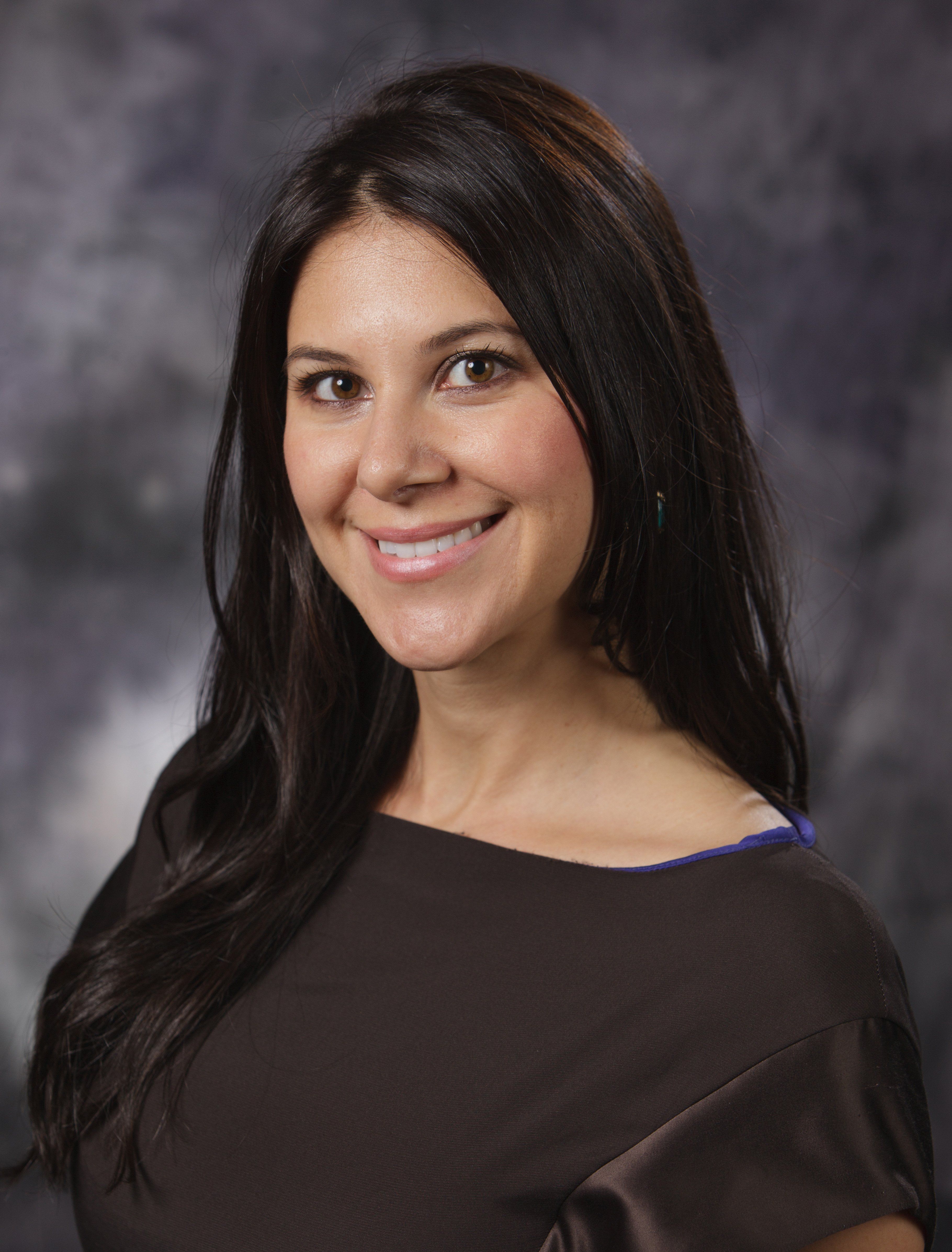- Case-Based Roundtable
- General Dermatology
- Eczema
- Chronic Hand Eczema
- Alopecia
- Aesthetics
- Vitiligo
- COVID-19
- Actinic Keratosis
- Precision Medicine and Biologics
- Rare Disease
- Wound Care
- Rosacea
- Psoriasis
- Psoriatic Arthritis
- Atopic Dermatitis
- Melasma
- NP and PA
- Skin Cancer
- Hidradenitis Suppurativa
- Drug Watch
- Pigmentary Disorders
- Acne
- Pediatric Dermatology
- Practice Management
- Prurigo Nodularis
- Buy-and-Bill
Article
The 'art' of the cosmetic consult
The art of communication must be mastered to gain patients’ trust and, ultimately, to become better doctors, according to Kathleen M. Welsh, M.D. who presented at the 2016 ASDS annual meeting.

Arisa E. Ortiz, M.D.There’s an art to the way cosmetic procedures are done. But did you know, there’s also an art to how you communicate and present those procedures to patients and potential patients?
The art of communication must be mastered to gain patients’ trust and, ultimately, to become better doctors, according to Kathleen M. Welsh, M.D., founder and principal, Bay Area Cosmetic Dermatology, San Francisco, Calif. Dr. Welsh presented on “The Art of the Cosmetic Consult in Every Type of Practice” today at the 2016 American Society for Dermatologic Surgery (ASDS) annual meeting in New Orleans.
“Developing a rapport with your patients will make every interaction with them better, and this naturally leads to trust,” Dr. Welsh tells Dermatology Times. “This trust allows patients to believe in you and to engage in more treatments with your office. Treating the right patients--those who have realistic expectations, with no obvious psychopathology--will also make your practice more rewarding.
The consult is a time for building strong bridges with patients. It’s also a revealing opportunity-one in which doctors can determine whether those bridges should be built, at all.
And there is no cookie-cutter approach to the consult, according to Arisa E. Ortiz, M.D., director of laser and cosmetic dermatology at University of California, San Diego. Dr. Ortiz, who presented on the art of the patient consult at ASDS with Dr. Welsh, says that no two patients are alike.
“Each patient requires a unique consultation tailored to their specific needs,” Dr. Ortiz says.
Drs. Welsh and Ortiz share their top dos and don’ts for a successful cosmetic consult.
Do develop rapport.
“I think the most important thing to do in any cosmetic consult is to develop a rapport with your patients,” she says. “The easiest way to do this quickly is by finding an area of commonality. If commonality cannot be established easily verbally, rapport can be developed by matching energy levels, voice, gestures, pacing and (or) facial expressions.”
In any consult, do strive to have your patient identify what issues bother him or her most.
“Patients are more satisfied with results if you fix something that they are fixated on [versus your addressing things they may not notice],” Dr. Ortiz says.
Do make sure the patient’s expectations about what can be accomplished, cosmetically, are realistic.
“This can be done through staff or on a questionnaire, then acknowledged and discussed,” Dr. Welsh says. “Be sure that a patient’s expectation for cosmetic improvement is realistic, and that you can deliver the expected result. If not, be very honest about what can be achieved.”
Do develop and update a written treatment plan for the patient at each visit. The plan should include the patient’s priorities at the top, as well as a global approach to skincare, preventive anti-aging measures and future considerations. For example, for a female patient whose priority is to have her frown lines treated, it’s appropriate to note in the plan that starting an anti-aging skincare regimen may prevent other areas of the face from becoming similar areas of concern in the future.
The most important don’t, according to Dr. Welsh, is don’t over-promise and under-deliver.
Dr. Ortiz agrees and gives the example: Don’t promise to get rid of wrinkles; rather, use words like "soften," which set more realistic expectations. The goal should be to under-promise and over-deliver.
“Your patients will be pleasantly surprised if they get a result better than expected,” Dr. Ortiz says. “On the contrary, if patients require additional treatments, they will be prepared for that.”
Don’t start a cosmetic naive patient off with an aggressive procedure, because they may be discouraged from seeking further treatments. Rather, start them off with easier procedures, like toxins and fillers, to get them comfortable with the idea of having procedures done, according to Dr. Ortiz.
Another important don’t: Don’t treat the wrong patient.
“Watch for red flags that, interestingly, are stereotyped,” Dr. Welsh says.
Examples of potentially difficult patients include the patient who has had many procedures and is not happy with any previous providers; the exceedingly demanding patient who is rude to staff; and the patient with body dysmorphic disorder or narcissistic personality disorder.
“[But] if you miss the warning signs and treat these patients, your mastery of communication can still salvage the day!” she says.
In the end, your ability to artfully deliver and manage the cosmetic consult will set you apart in the specialty, Dr. Welsh says.
“We all have a similar toolbox, or paint box, when it comes to delivering cosmetic services. What defines excellence and success is the art of communicating how we can use these tools to help individual patients. Some of us may be naturally gifted and others may be more technically experienced or adept, but through practice, we can all learn to be better artists,” Dr. Welsh says.
Disclosure: Drs. Welsh and Ortiz have no conflicts of interest.





